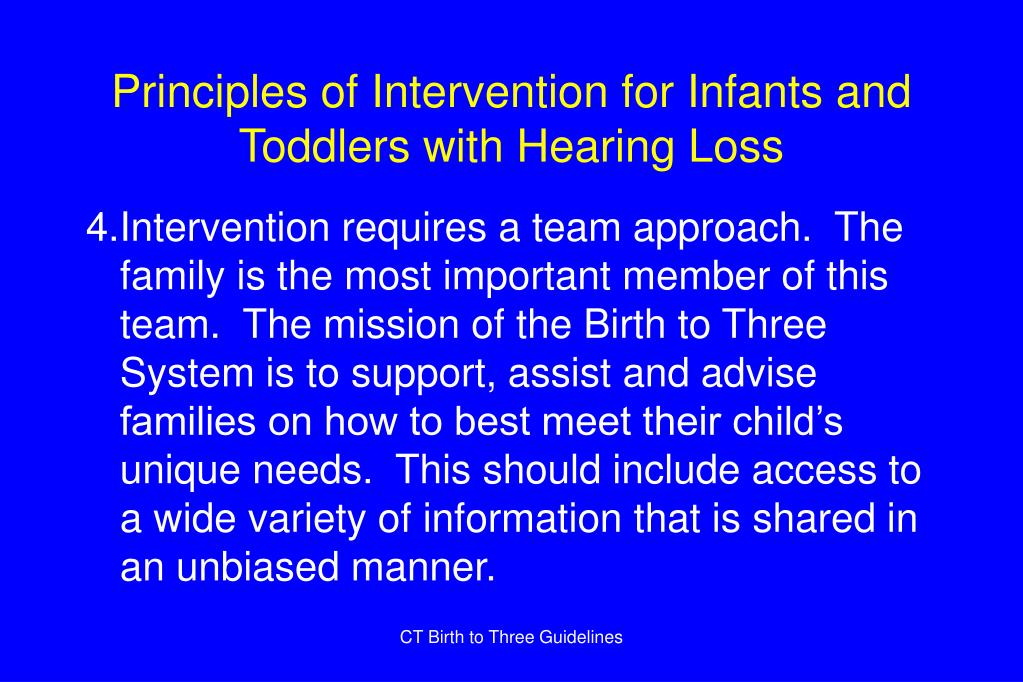

Elsewhere (Weideman 2006, 2018, 2019), I have given examples of how language solutions that are arrived at intuitively to remedy low levels of academic literacy, however attractive or sensible they may appear to the uncritical eye, could well be tripped up by what they forget to examine: hidden assumptions that might inhibit a more defensible and potentially more effective solution. We continue to be plagued by these problems because we avoid the effort to question our own prejudice, and, sometimes, the biases built into the fabric of the institutions we are part of, or even the way we perceive our institutional or communal status.

In addition, it is one of the theses of this paper that a good deal of the enduring intractability of institutional language problems can be ascribed to their solutions being built on unexamined (and usually simple) assumptions. For one thing, they are inevitably more than merely language problems, a reality that in itself signals their complexity. It cannot be denied that problems of language, and specifically the use of language within institutions, from the state to schools and universities, are indeed complex problems. Mencken (1880-1956) who observed that "For every complex problem there is an answer that is clear, simple, and wrong". Introduction: deliberate solutions instead of remedies built on assumption Keywords: language interventions language courses language assessments language policies academic literacy design principlesġ. The paper will therefore conclude with an overview of a comprehensive framework of design principles for language artefacts that may serve to enhance their responsible design. The principle of alignment is an important, but not the only, design condition. Similarly, if those interventions are not supported by institutional policies, the plan will have little effect. Misalignment among them is likely to affect the original intention of the designs negatively. It is an additional critical condition for effective intervention design that assessments and language instruction (and development) work together in harmony. This paper employs a widely-used definition of "academic literacy" to illustrate how this definition supports the design of language assessments and language courses. The third dimension concerns meeting an important requirement: the alignment of the interventions of language policy, language assessment and language development (and the language instruction that supports the latter). The interventions can be productive if reference is made throughout to the conditions or design principles that language policies and language courses must meet. The second concerns defining the kind of competence needed to handle the language demands of an academic institution. The first dimension is the design of interventions for educational environments at policy level, as well as for instruction and for language development. This paper deals with three dimensions of how language is managed and developed in education.
#Principle of intervention in a sentence free
Definition and design: Aligning language interventions in educationįaculty of the Humanities, University of the Free State E-mail: management of language diversity and the level of mastery of language required by educational institutions affect those institutions from early education through to higher education.


 0 kommentar(er)
0 kommentar(er)
